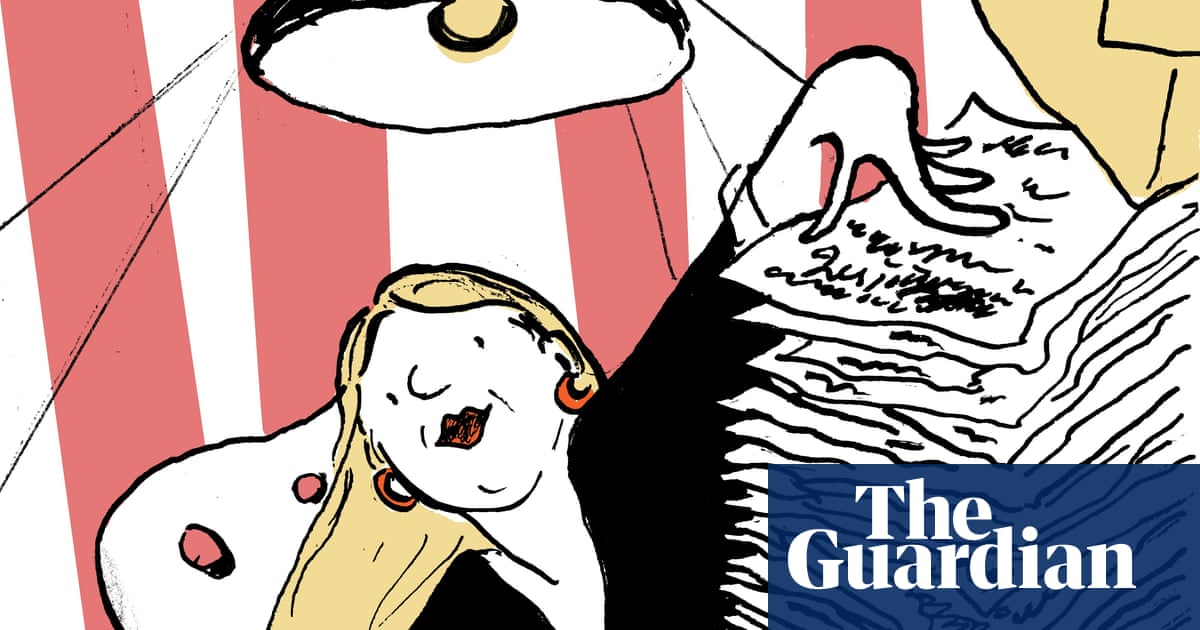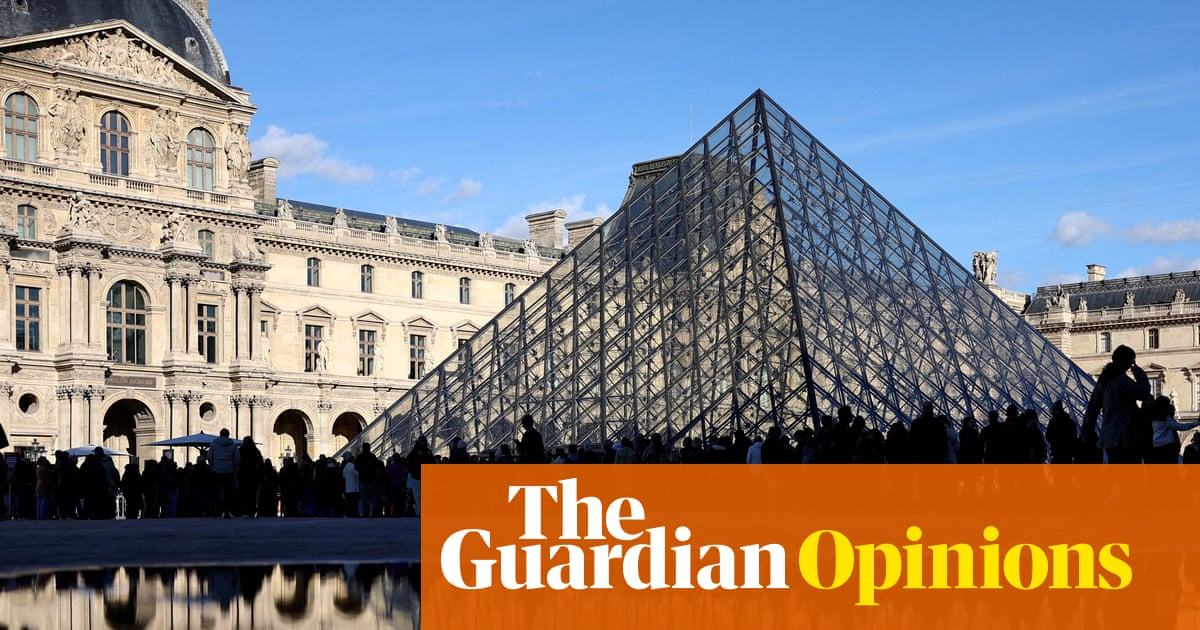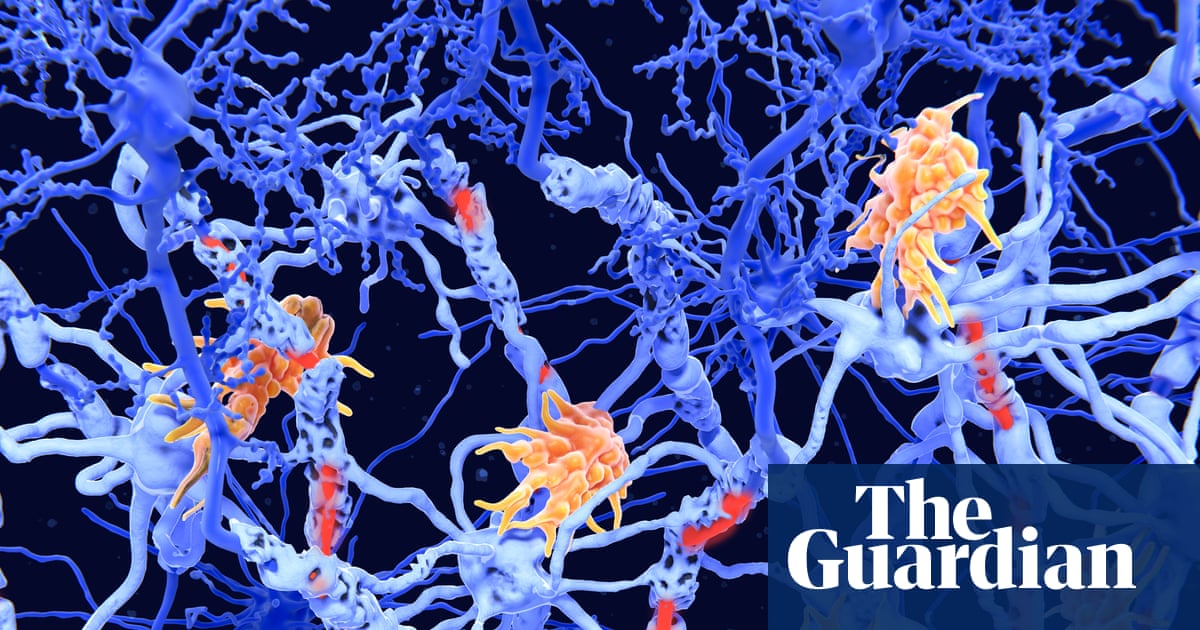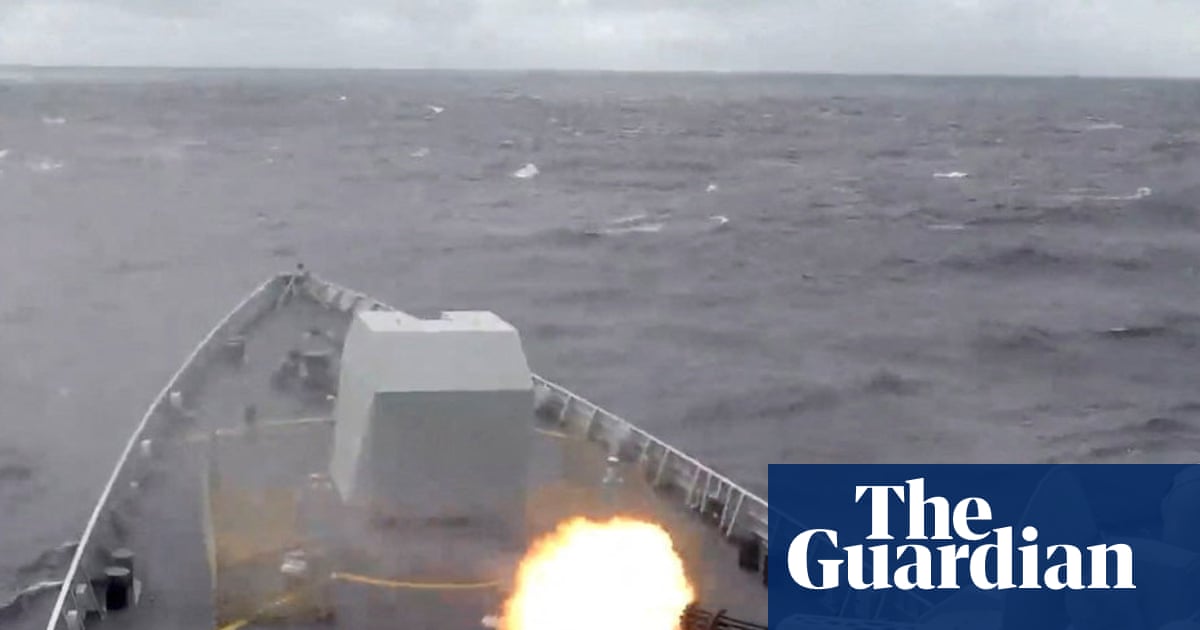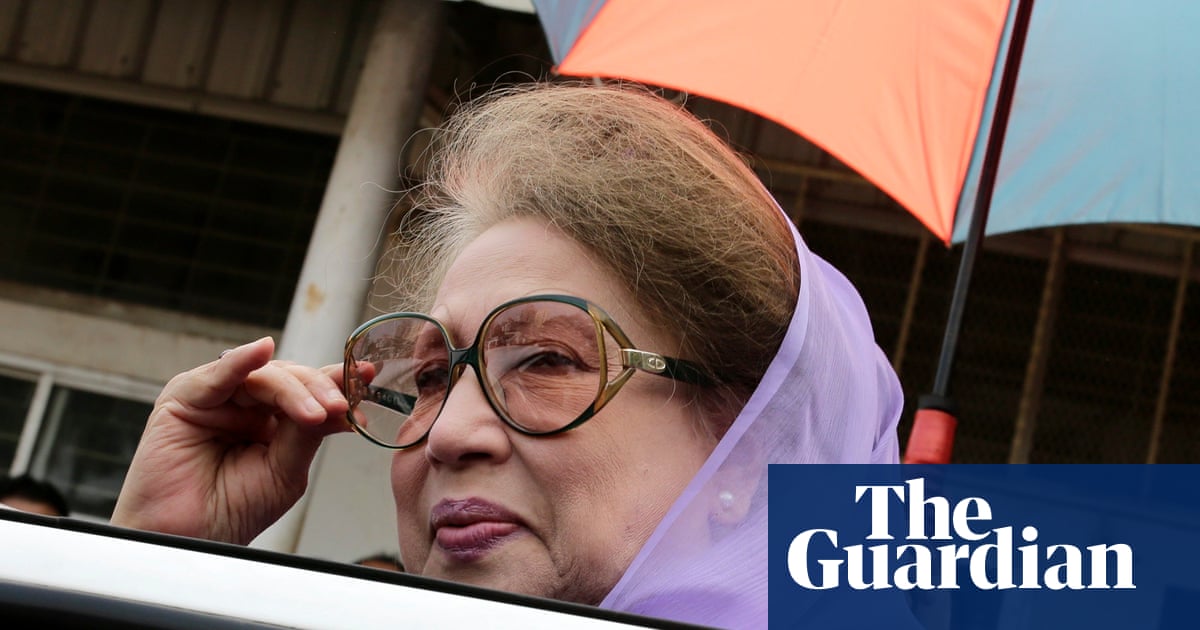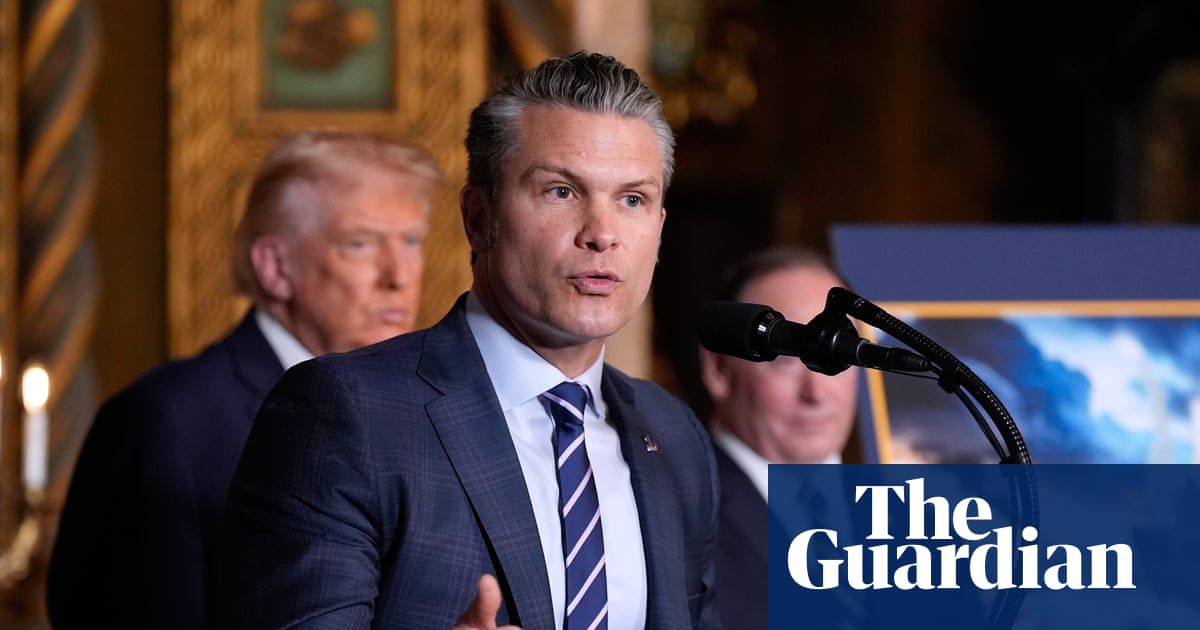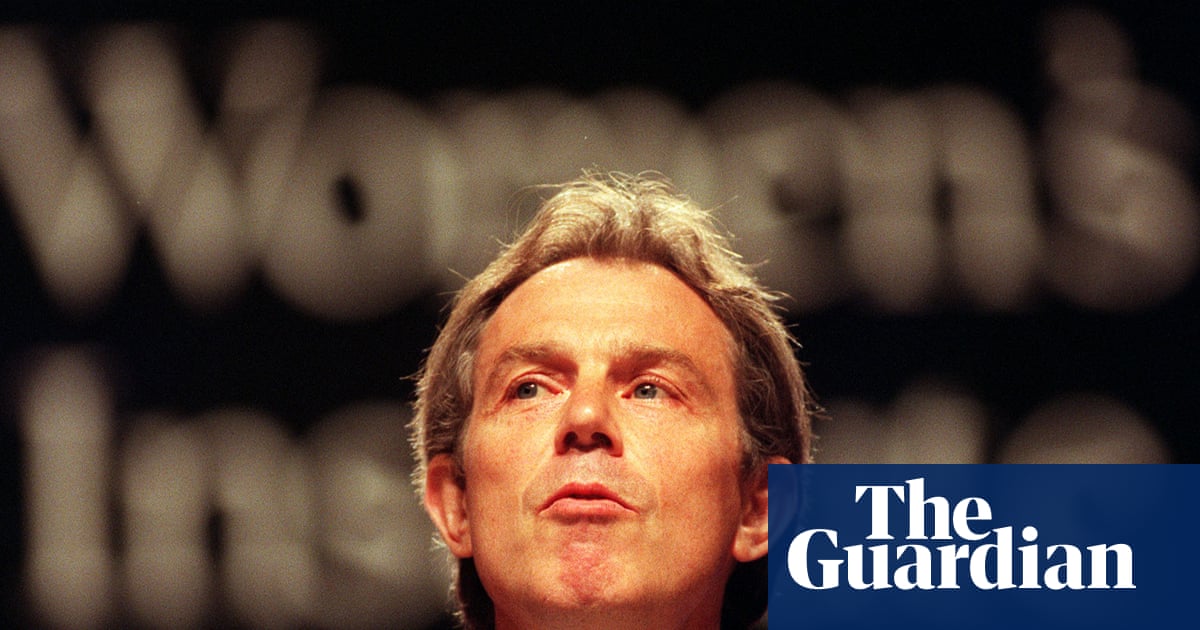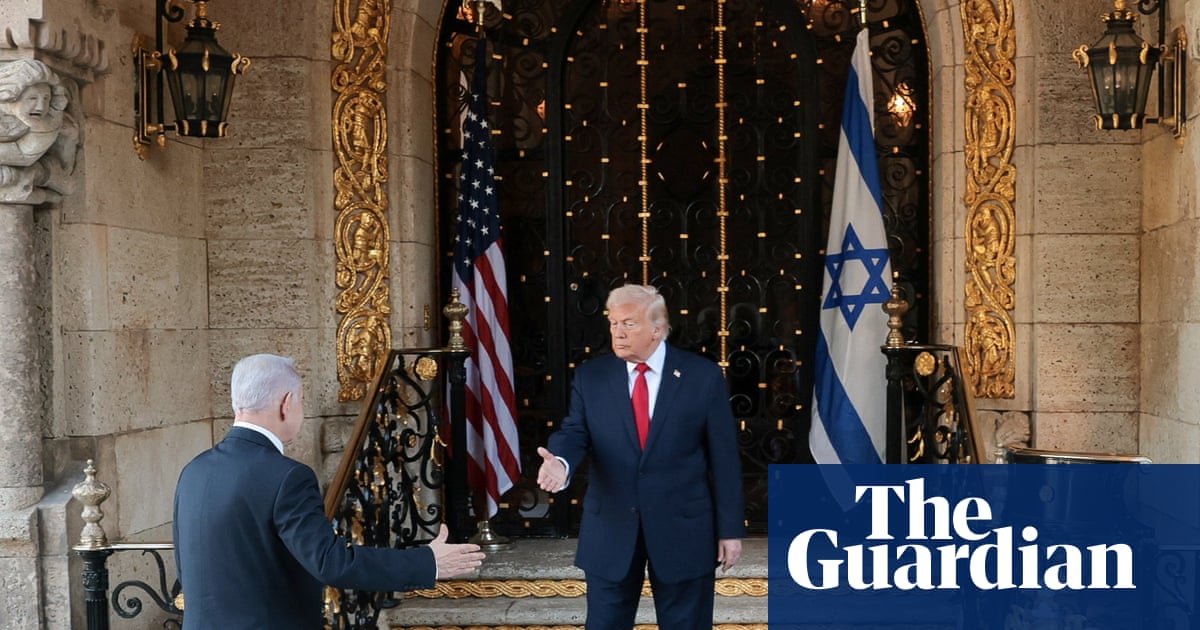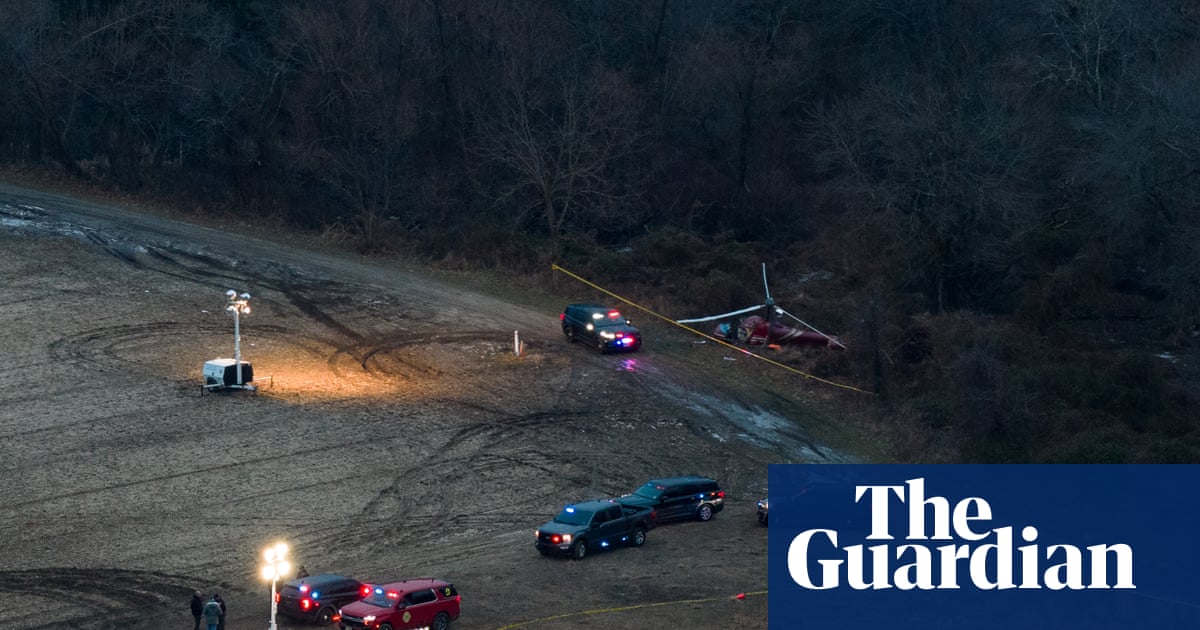It was perhaps inevitable that a proposal to build a military base on the outskirts of Narva, Estonia’s third largest city, located directly on the country’s border with Russia, featured in this week’s TV debate among the candidates vying to be mayor.
Just days earlier, three MiG-31 Russian fighter jets had entered and stayed in Estonia’s airspace above the Gulf of Finland for 12 minutes, prompting the Estonian government to call rare article 4 consultations with Nato allies over a risk to “territorial integrity, political independence or security”.
Estonia upped the stakes by bringing the issue to the UN security council in New York where western allies warned of dire consequences of further breaches. Donald Trump signalled his support for shooting down Russian jets.
The febrile geopolitical climate was then made even more tense after a spate of unmanned aerial vehicle forays over Danish airports that forced the country’s largest, in Copenhagen, to close. It followed recent Russian drone incursions into Poland and Romania. “We are at the beginning of a hybrid war against Europe,” said Mette Frederiksen, Denmark’s prime minister, in an address to the nation.
It might be thought, then, that there would be loud acclaim for a military presence in Narva, separated from Russia by a 101-metre-wide river, traversed by a “Bridge of Friendship” on which the Estonians have built a line of 3ft concrete dragons’ teeth and are constructing a heavy security gate.
But Narva, closer to St Petersburg than the Estonian capital, Tallinn, is complex: 98% of its population is primarily Russian speaking and, while not a homogenous group, international news can be perceived quite differently here, as it is in other such communities in Latvia and Lithuania.
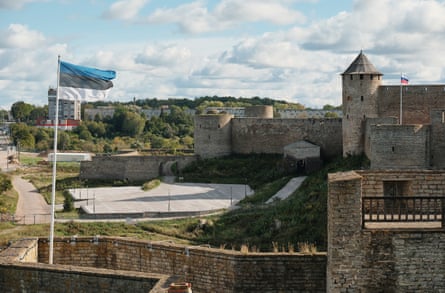
For some it is consumed through the prism of Russian TV, banned in Estonia but easily accessible at this proximity to the country. The Kremlin has denied the breach of Estonian airspace ever happened – the “Nazis” in Tallinn, 210km west of Narva, were doing what the “global war party” does.
Others in Narva see such claims on Russia’s TV stations as fake news but worry about poking the Russian bear. Estonian troops are welcome perhaps, they say, but not foreign Nato soldiers.
The candidates in the TV debate generally accepted that the military base was a done deal but criticised the communication of it, saying it had sparked concerns within the city of 53,000 people rather than a sense of assurance.
The Russian incursion into Estonian airspace and its suspected involvement in the drone attacks has certainly been a test of Nato – but it is something more.
The reactions of the Baltic states and their allies to provocations are proving a test in themselves to the resilience and the unity of countries that remain home to large Russian-speaking communities.
Local elections are coming up in Estonia in October and it is shot through with risk, said Katri Raik, a former national interior minister, who is the mayor of Narva and in the race for a fourth term.
A socially and economically disadvantaged city where the phasing out of the oil shale mines has hit hard, Narva was largely ignored for decades by Tallinn and that was fine by the residents, who thought of it as something of an island, she suggested. But in recent years, the state has become “really close”, said Raik.
Following Russia’s invasion of Ukraine, the Estonian government ordered the removal of up to 400 Soviet monuments that they argued commemorated not the liberation of the country but its occupation from 1945.
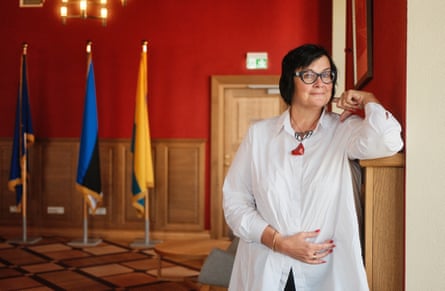
The most controversial was a Soviet-era tank from its pedestal in Narva’s centre. It caused an uproar. Raik, who is among the 2% of the population who speak Estonian as a first language, received death threats when she sought to be a mediator between the government and local people.
Then, at a time when the cost of heating has tripled in two years, the closing of the Bridge of Friendship to vehicles and freight, leaving only pedestrian access to the Russian border town of Ivangorod, has been an economic blow.
More recently, there have been claims that Tallinn is repressing religious freedom through its attempt to split the Russian Orthodox church in Estonia from the Moscow patriarchate, which manages it and is seen as being in cahoots with the Kremlin.
There was also the passing of a law that phases out the existence of Russian-speaking schools by 2030, causing people to complain that their children were being educated in a language they did not use at home.
“And the cherry on top,” said Raik, has been the ban on non-EU citizens, including Russians and Belarusians living in Estonia, from voting in local elections.
“A third of people [in Narva] will not be able to go to vote,” she said. All of this has been magnified and twisted by Russian propaganda. “When it is all together then we might be surprised that we are even alive as a city, for our mental health,” said Raik. “It is really a little bit too much altogether … It’s a big chance for the populists.” The people deprived of voting rights, they have sisters, they have husbands, who can vote, she said.
Maria Smorževskihh-Smirnova, the director of Estonia’s Narva museum, was caught up in such a cycle of action, reaction and counteraction. This week she was sentenced in absentia to 10 years in a Russian general-regime penal colony.
Her crime was putting up a large poster on the outer wall of her museum – a castle on the river by the Friendship bridge – that accused Vladimir Putin of being a war criminal and making comparisons between him and Adolf Hitler.
The target of her message was those who gathered at the Russian side on 9 May to celebrate Victory Day and the end of the second world war on a newly built square, just below the ramparts of their own castle across the river.
There the Russians put up large screens facing in the direction of Narva showing images of Putin or war movies. “It’s about brutal Russian power,” said Smorževskihh-Smirnova. “It’s about the cult of death, about the cult of war, and about the glorification of [the] Ukrainian invasion.”
For her “very small” protest, she was subject to a torrid barrage of hate on social media. Messages included “I will kill you, I know where you walk, I know where you live”, she said. “But we will be just silent or just ignored? No.”
It is the sort of emotional response that Egert Belitsev, the director general of the Estonian border force, does not countenance. The Russian provocations are endless in Narva, he said.
Surveillance blimps appear in the sky, asylum seekers surreptitiously followed by Russian border guards with video cameras have been steered over the bridge (and then pushed back by the Estonian guards), GPS signals have been jammed, crippling search and rescue operations, and buoys in the river demarcating the border have been removed.
“It’s something in order to cause some mess, to see how we react,” he said. “How far are we willing to go? What are we able to do?”
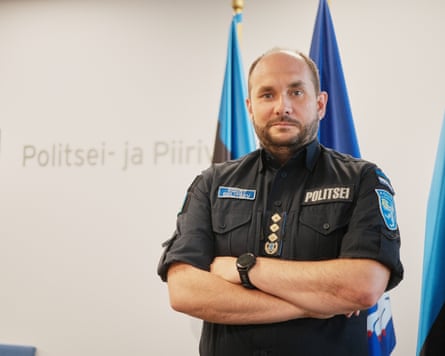
Each reaction by the Estonian authorities is portrayed by Kremlin propagandists as militaristic, belligerent and an attack on the rights of the Russian-speaking people in Narva. This despite Putin suggesting in 2022 that it would be justifiable to “take back and secure” Narva for Russia.
Talk of the appearance among the brutalist Soviet-style blocks in Narva of “little green men”, the colloquial term for unmarked Russian soldiers, are roundly said to be far-fetched but it does not need to go that far to be damaging.
Igor Taro, Estonia’s interior minister, a former journalist, is in charge of carefully calibrating government policy. He makes regular visits to the city a priority; indeed the country’s prime minister, Kristen Michal, was in Narva opening Europe’s largest rare-earth magnet factory when he received news of the Russian jets’ breach of the airspace.
Each of the government’s contentious policies, Taro insisted, had an explanation. The Russian-language schools were driving segregation. The symbols of occupation needed to be removed. The opportunity of citizens of an aggressor state to vote in Estonian elections was no longer appropriate or safe. But he is not blind to the dangers.
“We were in a kind of situation where it was hard not to react, to do these decisions,” he said.
The Estonian security services keep a watchful eye on Narva, he said. On Thursday, a Narva citizen was convicted of spying for the FSB, the Russian security service, since 2017, and seeking to sow discord.
“He was just a regular working guy, but very social, communicating with lots of different people, and could gather quite different information,” said Taro.
The Estonian government learned from the experience in Ukraine, he said, where political activists emerged in Donetsk and Luhansk in the east, and ultimately spearheaded break-away republics.
“That’s what we are trying to avoid here,” he said. “They are trying to do it. They’re trying to prepare the soil, in information warfare and in all the kinds of domains, but we have the measures to cut them off.”
He added: “We have been training for all other possibilities with this bridge”.

 3 months ago
48
3 months ago
48




